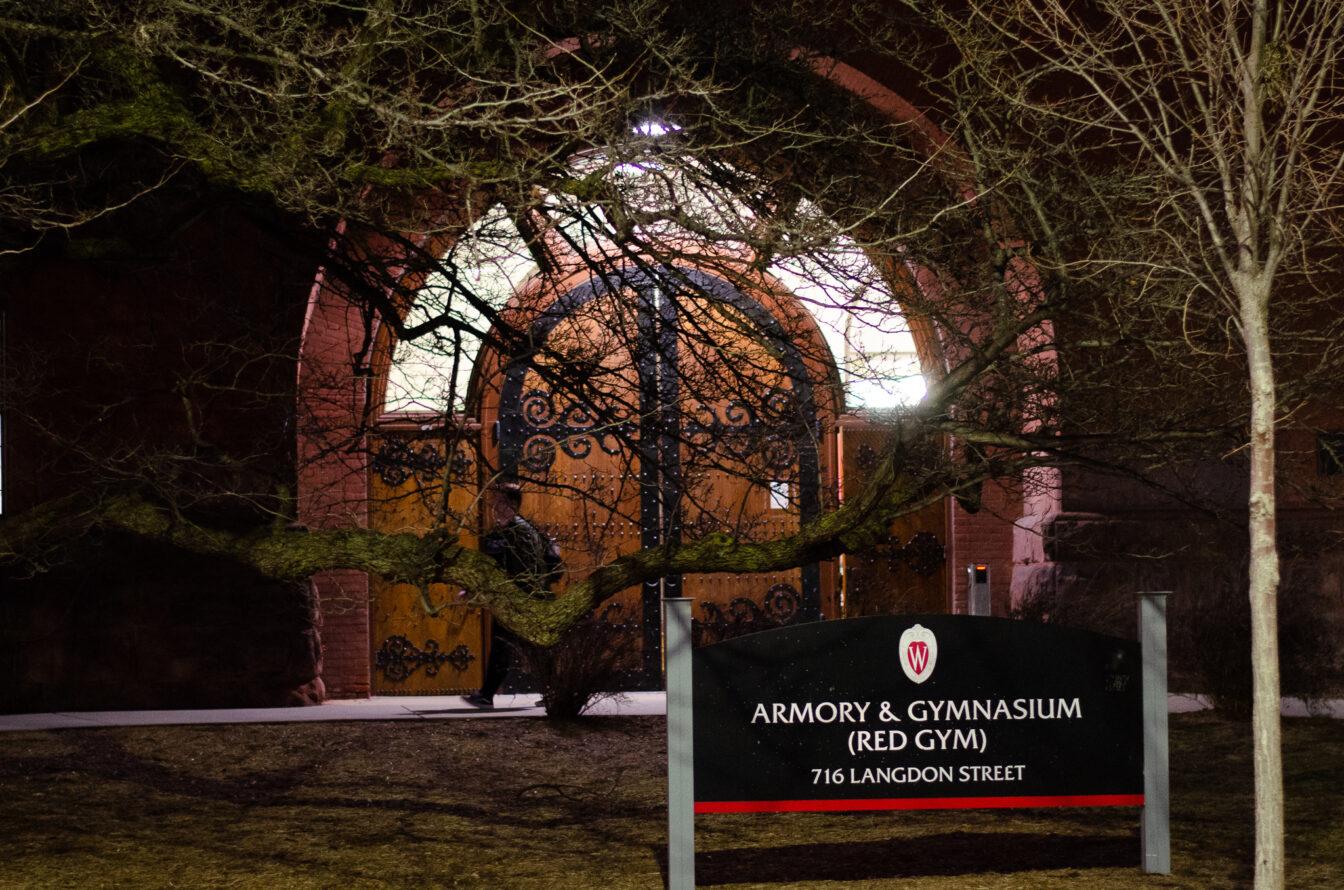Thirty scientists from the University of Wisconsin Synchrotron Radiation Center, a $50-million facility based in Stoughton, were notified they will be losing their jobs in 2014 because of funding cuts by the National Science Foundation.
This news arrived just months after UW scientists from a different physics lab were awarded a Nobel Prize for their groundbreaking work in the confirming the existence of the Higgs Boson.
In 2006, NSF reevaluated its portfolio of light source facilities, factoring in the Department of Energy’s lead in providing synchrotron radiation facilities in several locations around the country to the nation’s scientists and engineers, Celeste Rohlfing, NSF deputy assistant director, said in an email to The Badger Herald. He added NSF made a decision through its merit review process that the center’s core capabilities in this area of science were already being met.
Rohlfing said the center can apply for other NSF funding, including within the Major Research Instrumentation Program. However, the current climate for federal science funding is that requests continue to rise, while Congress-appropriated funding has leveled out, Rohlfing said.
The centerpiece of the center is a particle accelerator called the “Aladdin,” and researchers from all around the world come to use the Aladdin to help understand materials and their properties, such as semiconductors, superconductors and magnetic materials, Joseph Bisognano, the lab’s director, said in an email to The Badger Herald.
The Aladdin has been in operation since the mid-80s, and its electron beam and experimental stations have been continually improved. The Aladdin is known to have the best broadband infrared beam in the world, capable of doing chemically sensitive 3-D imagining, otherwise known as tomography, Bisognano said.
The infrared tomography is groundbreaking, Bisognano said. The work on potentially the next generation computer chips and high temperature superconductors were right up there too, he said.
Bisognano said this decision to cut funding for the center was made in spite of a history of outstanding evaluations. The scientists working at the center were not given the opportunity to discuss the closure of the facility with a peer review committee, he said.
The university is providing the center with short-term funding while they try to find alternative federal support, Bisognano said. He said the sequester and the general turmoil of the federal budget have made it difficult to get new support from federal agencies that are having a hard time keeping their current programs intact.
UW has been one of the leading places in the country for synchrotron radiation-enabled research, Bisognano said, adding that could all be lost. He said researchers were attracted to the campus because of this nearby capability, but that is no longer a possibility.
















